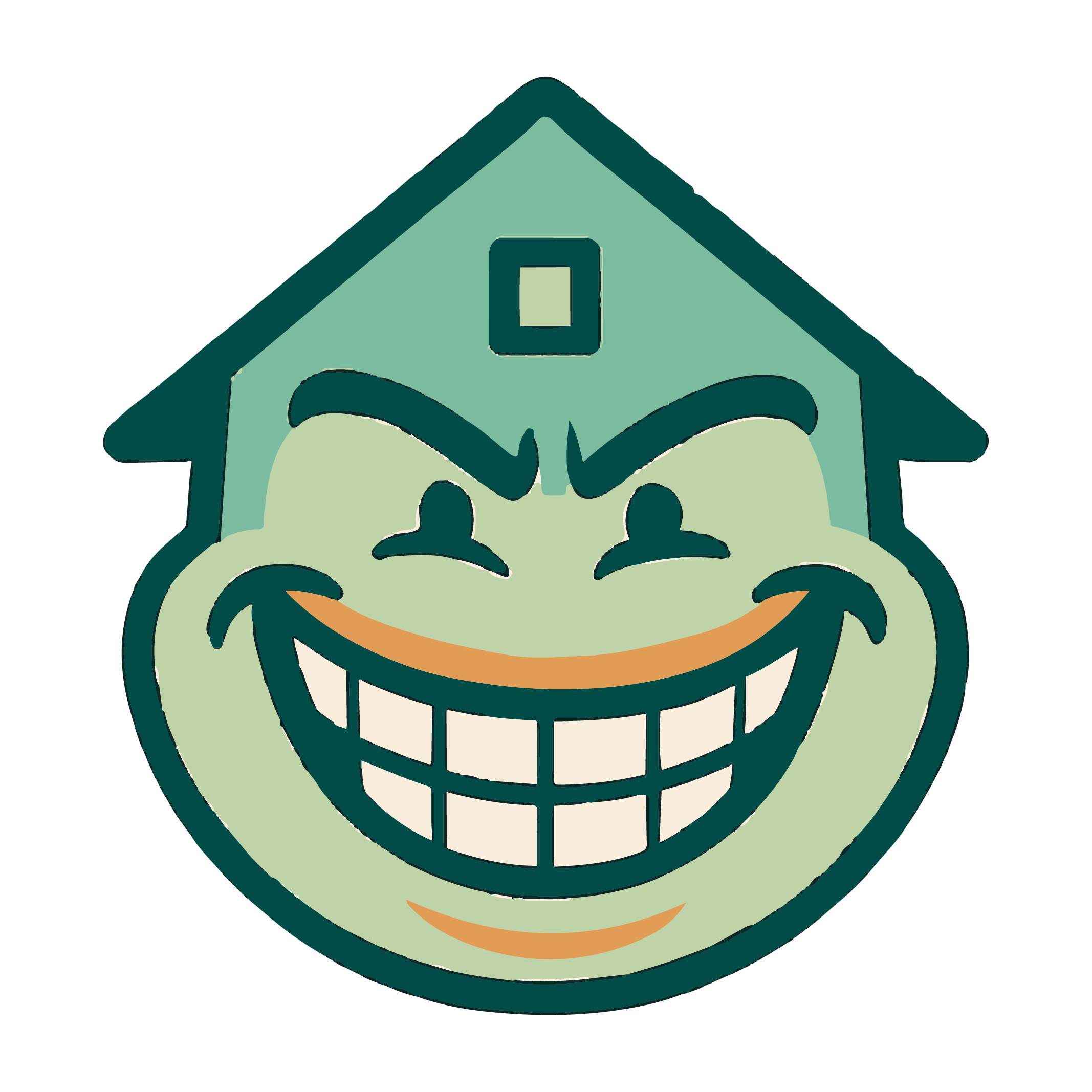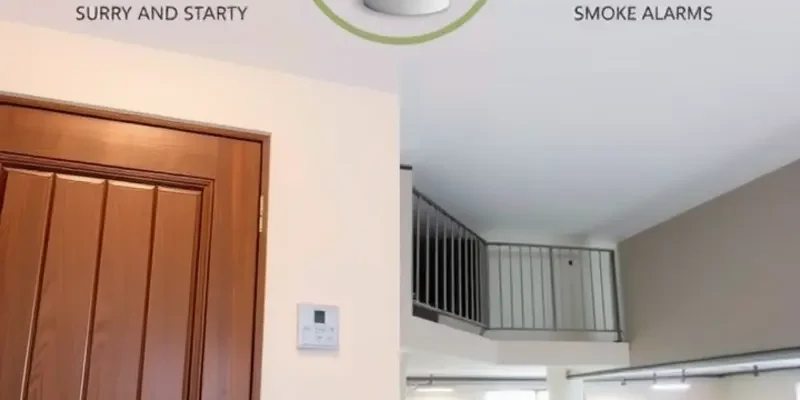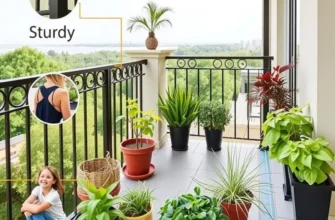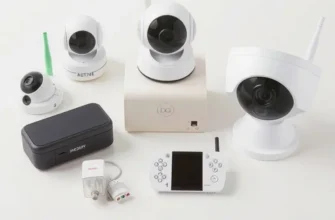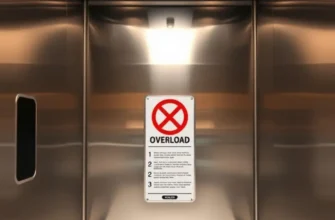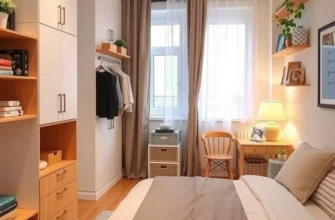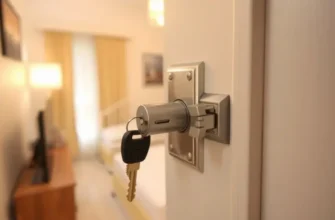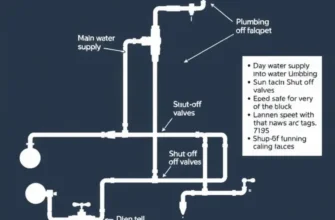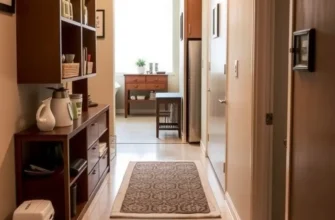Finding a safe and secure apartment is paramount for renters across the U.S. It’s more than just comfort; safety and peace of mind directly affect your quality of life. While your landlord has various responsibilities regarding property maintenance, you, as a renter, also play a crucial role in ensuring your living environment is safe and secure. Understanding your safety responsibilities can help you create a more secure living space while also reducing potential hassles associated with maintenance issues. From understanding property features that enhance security to knowing how to address concerns with your landlord effectively, this guide will equip you with the knowledge you need to foster a safe living environment. This proactive approach not only protects you and your belongings but also contributes to your overall peace of mind. Let’s delve into practical responsibilities that every renter should embrace.
Essential Safety Features to Look For
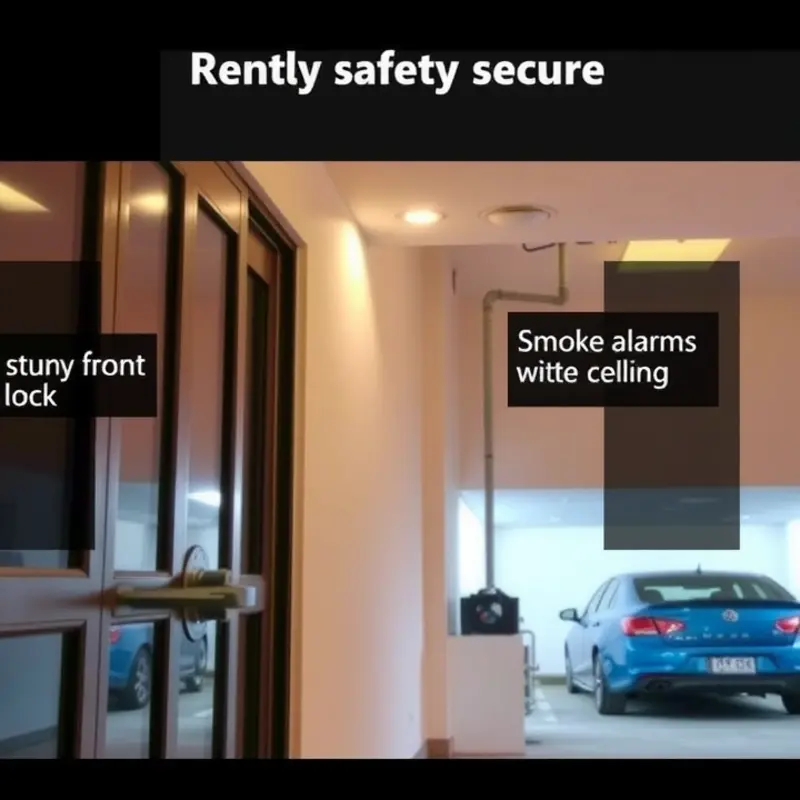
When embarking on the apartment search, understanding essential safety features can significantly impact your peace of mind. One of the most basic yet crucial elements to consider is secure entry points. These encompass robust door locks, peepholes, and intercom systems, if available. A sturdy deadbolt or electronic lock not only acts as a deterrent to potential intruders but also adds an extra layer of security beyond standard locks. Peepholes allow you to safely identify visitors before opening your door, while intercom systems can further restrict access to your home.
Smoke alarms are another indispensable safety feature. Ensure that your prospective rental is equipped with working smoke alarms in every room. An interconnected system, where one alarm triggers all others, provides enhanced protection during an emergency. Regular testing and prompt replacement of batteries are up to the tenant, so make sure you’re prepared to keep these life-saving devices operational.
Responsiveness from property management concerning maintenance is equally vital. Reliable management actively addresses safety concerns and maintenance issues, such as faulty wiring and vent blockages, swiftly. Regular property inspections, including common area checks, also indicate a proactive approach to safety. You can gauge this by speaking with current tenants or reviewing online testimonials that speak to management’s reputation.
Fire exits and escape routes in buildings should be well-marked and easily accessible. Familiarize yourself with evacuation procedures and ensure stairs and hallways are free from obstructions at all times. It is beneficial to periodically practice these escape routes to ensure preparedness in an emergency.
In some regions, carbon monoxide detectors are legally required alongside smoke alarms. This colorless, odorless gas poses a significant threat if undetected. Confirm the presence of functional carbon monoxide detectors and familiarize yourself with their maintenance.
An added safety measure, especially for renters on the ground or lower floors, are window locks and security bars. These features become particularly important if the area is prone to break-ins. Also, consider whether the building or local area has sufficient exterior lighting, as this can deter criminal activity.
Connected to safety, buy-in from community programs aimed at neighborhood watch or similar initiatives can bolster security in shared living environments. A strong community often acts as an informal but effective safety net.
Being informed about the rental’s approach to water quality, heating systems, and pest control can prevent long-term health issues, turning a good rental into a secure home. Investigate if issues have been a concern in the past and whether they were addressed by management. If you’re interested in more detailed ways to evaluate a rental’s safety, consider conducting an apartment safety audit.
Prioritize these safety features during your search to ensure a living environment that supports your well-being. Establishing a partnership with proactive property management and understanding your home’s dynamics are key steps towards secure rental living.
Taking Charge of Your Safety Responsibilities

As a renter, it’s crucial to be conscious of the safety aspects surrounding your living space. One effective step is maintaining an open line of communication with your landlord regarding maintenance issues. Whether it’s a leaky faucet or faulty electrical outlet, promptly reporting these problems can prevent minor issues from escalating into major hazards. Document and track your communication to ensure issues are addressed timely, serving as a record if disputes arise later.
Incorporating technology into your safety strategy can also provide peace of mind. Many security apps offer features like real-time alerts, home monitoring, and digital key sharing. These tools can enhance your security without the need for significant hardware installation. They are user-friendly and fit seamlessly with your daily routine, keeping you informed about any unusual activity in your building or neighborhood.
Moreover, organizing emergency contacts is a small yet vital precaution. Compile a list of essential numbers, including local emergency services, building management, and nearby friends or family members. Store these contacts digitally and in a physical location, such as on the fridge, where you can access them quickly in a crisis. Being prepared reduces panic during emergencies, ensuring you can react with precision and speed.
Household safety audits are an indispensable part of conducting regular safety checks. Inspect smoke detectors, replace expired fire extinguishers, and ensure that windows and doors lock securely. This not only keeps you safe in your home but can also highlight potential risks to your landlord, forming a basis for necessary upgrades.
The combination of proactive measures and leveraging available resources enhances the safety of your environment. For further insights, you can explore more about conducting safety audits through this guide, which provides a detailed checklist to help you assess various safety aspects in your rental property.
By taking these responsibilities seriously, you contribute significantly to a secure and trouble-free living experience. Remember, awareness and preparedness are the best defenses against unforeseen incidents in your rental property.
Final words
Safety and security in rental properties are not just responsibilities; they are essential components of a fulfilling living experience. By understanding your role as a renter and the various safety measures essential in your apartment, you can create a secure and comfortable environment. Keep an eye on safety features, maintain communication with your landlord, and take proactive measures to safeguard yourself and your belongings. Remember, a safe home is a happy home, and prioritizing your safety responsibilities will yield lasting peace of mind in your living surroundings.
